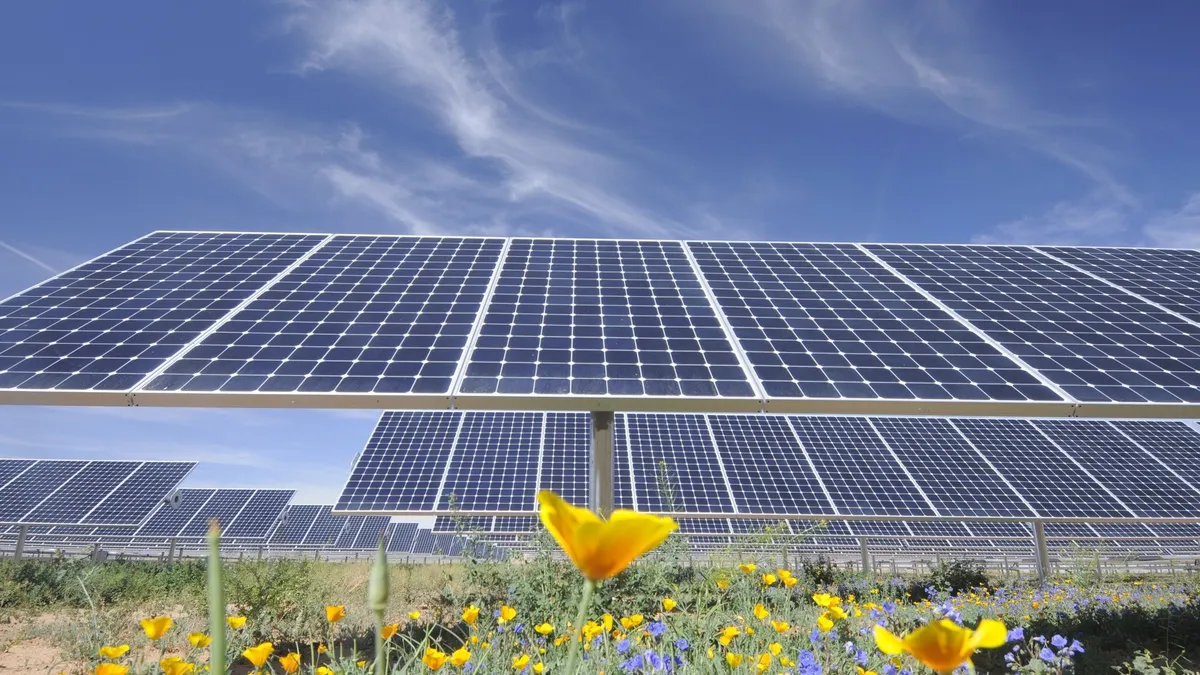Dive Brief:
- Salt River Project has issued a pair of requests for proposals for non-lithium, long-duration energy storage projects capable of discharging for 10 hours. The Arizona public power utility is seeking inverter and non-inverter based solutions with capacities ranging from 5 MW to 50 MW.
- SRP said it is experiencing record growth and its integrated system plan predicts the need to double or triple the amount of generating resource capacity on its system by 2035, including long-duration storage.
- Long-duration storage is increasingly seen as a way to balance decarbonizing electric grids for days, or even hours, and could deliver consumers $10 billion to $20 billion in reduced operating costs by 2050, according to the U.S. Department of Energy.
Dive Insight:
SRP already has multiple lithium-ion battery projects coming online but “with the significant growth in our service territory, it is important we continue to pilot new types of energy storage technologies,” Chico Hunter, the utility’s manager of innovation and development, said in a statement.
In one RFP, SRP is seeking a non-lithium-ion inverter-based LDES technology to come online no later than 2028. The resource will be located at the Copper Crossing Energy and Research Center in Florence, Arizona, which will also host a 5-MW, 10-hour storage project developed by CMBlu Energy.
In the second RFP, SRP is seeking a non-lithium-ion, non-inverter based project to pilot at its coal-fired Coronado Generating Station in St. Johns, Arizona. The plant is scheduled to be decommissioned in 2032, and the utility is exploring ways to repurpose the site.
“We’re seeking proposals from emerging storage technologies to consider how they could support achieving SRP’s sustainable power system of the future,” Hunter said.
Along with significant demand growth in its territory, SRP said it is seeing “increasing interest from large customers in serving their energy needs with carbon-free resources.” At the same time, the utility is working to reduce its carbon intensity by 82% by 2035, relative to a 2005 baseline, and reach net-zero carbon emissions by 2050.
“To reach these goals, SRP plans to significantly increase its solar and battery energy storage capacity. SRP is also interested in exploring alternatives to lithium-ion battery storage,” the utility said in its RFP.
The RFP and pilot process will help SRP to “better understand the performance and costs associated with emerging non-lithium-ion LDES technologies,” the utility said. Interested parties must file a notice of intent to respond to the RFP by July 10, and final responses are due Nov. 22.














